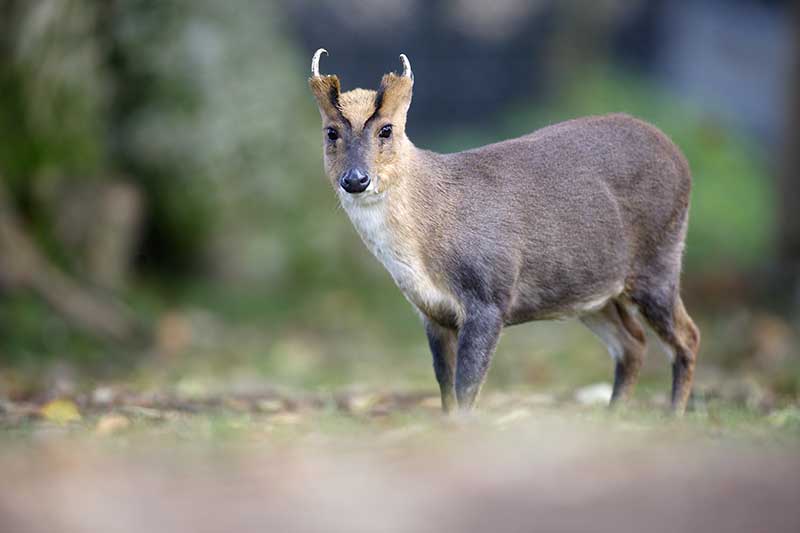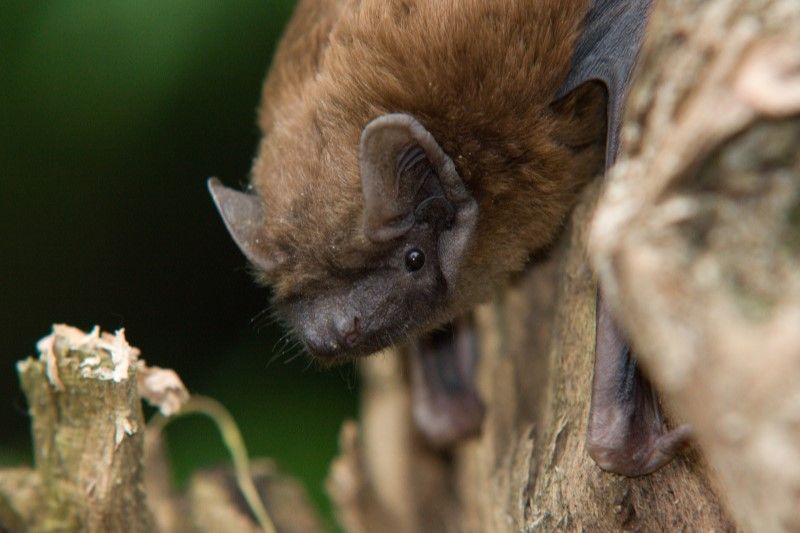…the barks, screams, snorts, and chatter of our wild neighbours, says David Wembridge
In the roundup of local crime figures in St Elwick’s Neighbourhood Association Newsletter Podcast, Mike Wozniak reports a case of mistaken identity: ‘On the night of the twelfth, at about two AM, police received several reports of a fight between an old woman and a boy. PC Routledge says that he wasn’t on duty at the time but apparently those who called 999 could only hear the fight and not see it. Duty patrol did investigate and are of the opinion that the so-called fight was two urban foxes in flagrante delicto.’
An easy mistake to make.
Fox pop
Foxes are social animals, living in family groups made up of a breeding pair along with cubs and sometimes juveniles born in the previous year. They communicate with each other using a wide range of calls, facial expressions, and body postures, as well as scent markings.
But vocalisations can be a little unsettling…
One has been described as a ‘blood-curdling scream’, which isn’t necessarily what you want to hear on a dark, December’s night. Barks and contact calls are made by both sexes, particularly in the winter, but foxes can be more eloquent, too. Twelve adult and eight pup vocalisations have been identified and twenty-eight groups of sounds described.
All bark and no bite
Almost as vocal as foxes are muntjac deer, whose bark can sound very similar. Males (bucks) bark repeatedly, for up to twenty minutes, usually if they’ve been disturbed or if females (does) are in ‘heat’ (oestrous). Muntjacs, unlike other deer in Britain, don’t have a seasonal rut or breeding season and barking can be heard throughout the year. They also scream, when frightened, and does and offspring communicate with a series of squeaks.
Muntjacs are the smallest deer in Britain, standing 50cm (20 inches) or so at the shoulder, but one of our loudest mammals is even smaller.
At only an ounce (28g) in weight, it’s ‘four times louder than the legal noise limit for a nightclub’ (as a webpage on Scottish bats by the Bat Conservation Trust puts it, somewhat terrifyingly for someone whose nightclub-going days are behind them).
Noctule bats, like other bats, use ultrasonic calls to perceive their surroundings and locate prey, and noctules shout about it.
The echolocation calls of noctules are low-pitched compared to those of other bats, around 25kHz, just within the upper limit of human hearing, and some people, especially young ones, can hear their chirping high above the tree canopy.
Noctules, like other bats (other than most megabats or fruit bats, such as flying foxes), use ultrasound to echolocate. The higher the frequency, the shorter the wavelength and the smaller the object that can be detected. High frequencies though don’t travel long distances, so ultrasonic calls need to be loud.
Echolocation calls aren’t the only sound that bats make. When they’re not commuting or foraging, bats emit other ones, often lower in frequency, that are collectively known as social calls. Not a lot is known about the purpose of many of these – what they communicate or to whom – but whether to discourage rivals or affirm a bond between roostmates, bats’ social lives are full of chatter.
Mammal melodies
Other species as well use high-pitched sounds at the limit of our own hearing and far above it, shews, voles and mice among them. The five recordings here, made by the British Trust for Ornithology, are of a harvest mouse, water vole, brown rat, yellow-necked mouse and pygmy shrew, slowed down many times and more reminiscent of the sounds in a rainforest.
At normal speed, the twittering of a shrew in an Essex meadow sounds like this. Shrews have a wide repertoire of sounds that they use to echolocate as well as communicate.
More familiar perhaps are the snuffles and snorts of hedgehogs as they forage for earthworms and grubs. But hedgehogs too can be surprising.
This one, recorded in an urban garden, appeared perfectly happy, moving about and otherwise untroubled. Squawking isn’t typical of a hedgehog. If you’ve heard one make a noise like this, please tell us about it.
Mammals, for the most part, keep a low profile and it’s easy to overlook them. But they can be a noisy lot, raising the alarm, wooing a partner, or just keeping in touch. There’s a clamour of howls and shrieks, only our ears aren’t tuned to most of it. Turn an ear to the barks, squeaks, chatter, and snorts we can hear though and we can learn a little more about our wild neighbours.
Get involved with our mammal watching surveys, Living with Mammals today or visit our mammal fact files to learn more about British mammals:
Header image credit Jakub Rutkiewicz, Shutterstock


